There’s nothing like sighting a tiger
In it’s own habitat
Leaping to it’s strength
And living like a king!!
There is something about sighting of tigers in their own natural habitat that is more thrilling than everything else. And that is why people flock national parks of India, particularly the tiger reserves in the hope to witness this majestic creature of nature.
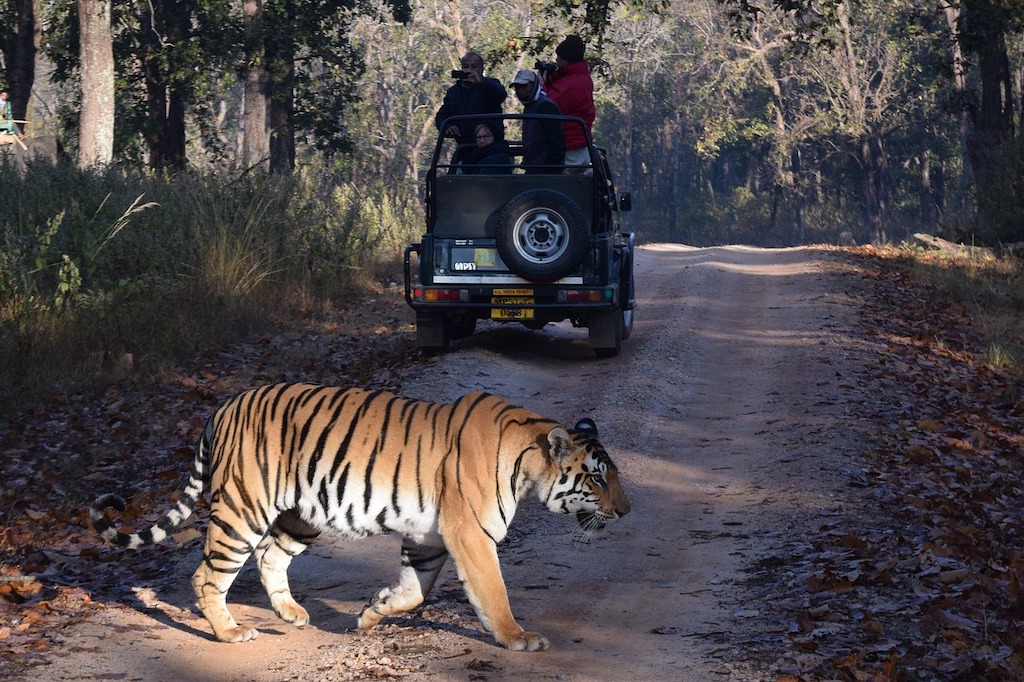
Thinking of a safari in Jim Corbett National Park but unsure about it? Need information on safari in Jim Corbett National Park? We were in a similar situation when planning our 6 days trip to Uttarakhand. And did a lot of digging of information on this topic. Which I am going to compile here for you. You can treat this piece of information as your complete guide for a safari in Jim Corbett National Park.
An introduction to Corbett National Park Area
Jim Corbett National Park is one of the most popular national parks of India. Particularly for tiger spotting. It is located in the Uttarakhand state of India. Actually, Jim Corbett National Park is very centrally located in the Nainital district of Uttarakhand near the town of Ramgarh. Almost at a 2 hours driving distance from many other famous tourist places of Uttarakhand. Including Haridwar, Rishikesh, Nainital, Almora, Ranikhet and Bhimtal. And very well connected with all these cities.
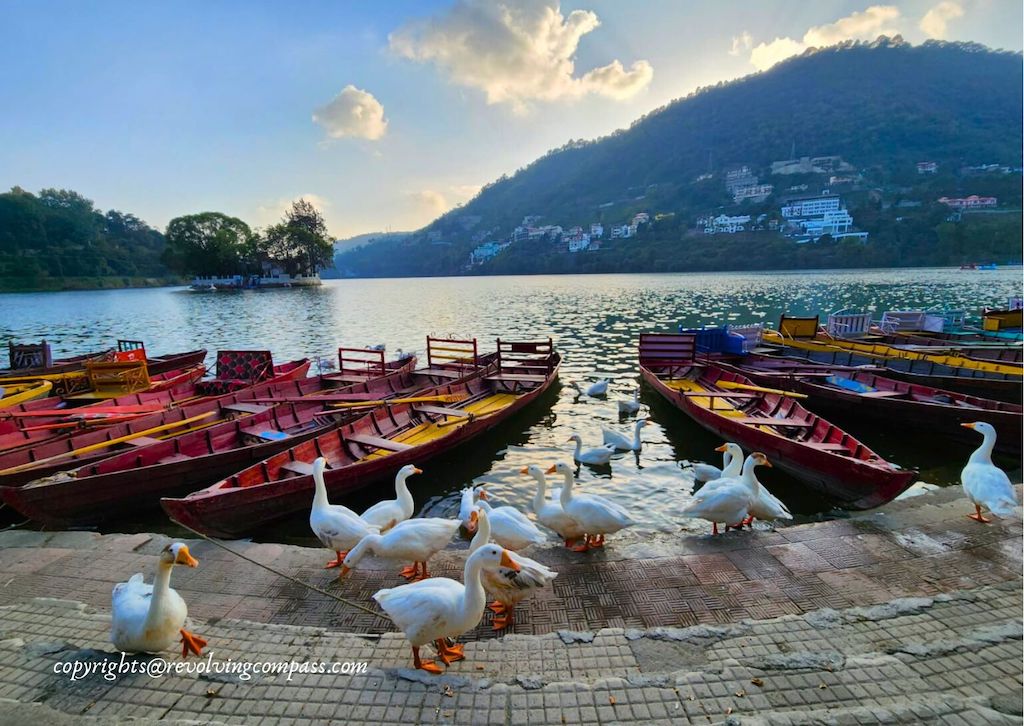
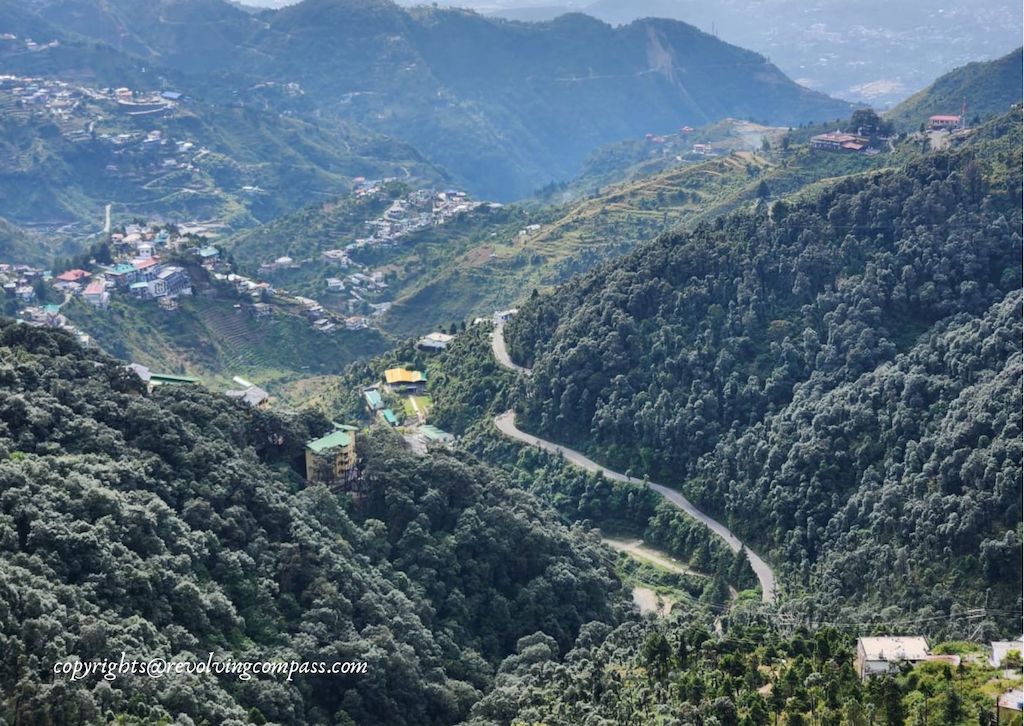
Apart from the connectivity, Jim Corbett National Park abounds in natural beauty. With the backdrop of the Himalayan mountain ranges. And the river Kosi flowing right through the heart of Jim Corbett National Park. With the dense green surrounding. It makes for a perfect blissful location for a city escape. As a result, several top end resorts have developed here over the past , providing for a perfect staycation in Jim Corbett National Park.
The national park gets it’s name from Jim Corbett who was a hunter and a naturalist. Also, Jim Corbett National Park is the proud starting point of the Tiger Conservation Project – Project Tiger – started in India to preserve and nourish the Tiger population. Jim Corbett National Park is home to 500+ species of birds, Bengal Tigers, Elephants, Leopards, deers, Himalayan black bears, Jackals, otters and many different species of monkeys are abundant.
Safari Zones in Jim Corbett National Park
Following are the zones in Jim Corbett National Park in which the national park is divided –
Dhikala Zone
With the highest population of tigers and hence the highest chances of encountering tiger. Dhikala Zone is the most popular zone for tiger safari in Jim Corbett National Park.
Bijrani Zone
Next to Dhikala in popularity, second highest changes of tiger sighting in Jim Corbett National Park are in Bijrani Zone.
Dhela Zone
The Dhela zone is considered one of the favourite zones for the tigers for hunting because it has good population of Sambar deer. The “Chaurs” or grassland of Dhela Zone are often populated with herds of deers and elephants – something to feast your eyes on.
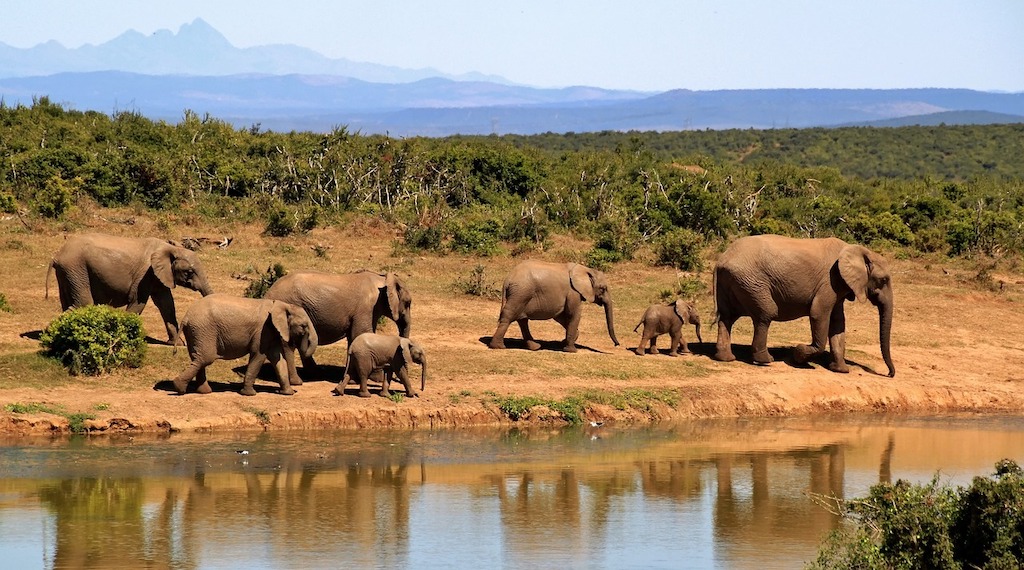
Jhirna Zone
Located on the southern edge of Jim Corbett National Park, Jhirna Zone offers night stay in forest guest house inside the forest itself. And has been popular for both tiger and bear sightings.
Durga Devi Zone
Unlike most other zones of Jim Corbett National Park, the Durgadevi zone is located on the hills. Thus it provides spectacular views of the surroundings. And is rich in it’s variety of flora, including several species of trees and plants. It is particularly famous for sightseeing of wild elephants and several species of birds owing to it’s rich flora.
Sitabani buffer zone
Since this is a buffer zone and is more easily accessible. So, 1 hour safari is available in the Sitabani Zone. If you are short of time, you can do this safari. Or, even take an elephant ride in this zone. However, chances of seeing tiger are bleak in the buffer zone when compared to the core zones.
Garjia Zone
A recent addition to the safari zones of Jim Corbett National Park, Garjia Zone has a rich population of Bengal Tigers. And is located at a mere 9km from Ramgarh. It also has a forest rest house for overnight stay inside the forest.
Phato Zone
Phato Zone is another zone popular for tiger spotting in Jim Corbett National Park. It has 50 jeeps available for safari in the morning as well as evening. And it is located around 26km from Ramnagar.
Pakhro Zone
Located around 20km from Kothdwar, Pakhro Zone is a new zone to Jim Corbett National Park. And is gaining popularity fast. Because it has rich flora as well as many animal sighting chances including tigers, leopards, many varieties of deer, bear and elephants. And also a lot many species of birds.
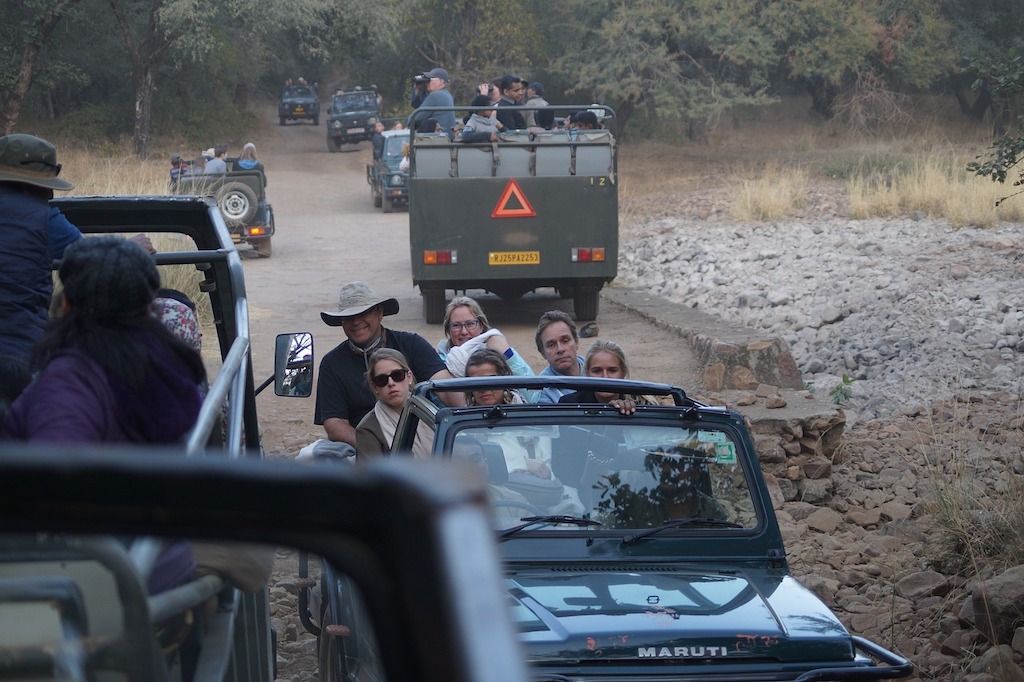
You can book the safari in Jim Corbett National Park online here. Following are the options to book –
- Jeep Safari for all zones except Dhikala with 4 seats in one Jeep
- Canter for Dhikala
- Elephant Ride in buffer zone
The booking starts for upto 2 months in advance. So, book your slot accordingly.
Packages are also available for booking stay plus safari inside the jungle which you can book from the above website.
Summary of safari zones in Jim Corbett National Park
|
Zone |
Visiting Time |
Entry Gate |
Nearest City |
|
Jhirna |
Throughout year |
Dhela |
Ramnagar |
|
Dhela |
Throughout year |
Dhela |
Ramnagar |
|
Bijrani |
15 Oct – 30 June |
Amdanda |
Ramnagar |
|
Dhikala |
15 Nov – 15 June |
Dhangari |
Ramnagar |
|
Durgadevi |
15 Nov – 15 June |
Durgadevi |
Ramnagar |
|
Sonanadi |
01 Nov – 15 June |
Vatanvasa |
Kothdwar |
|
Pakhro |
01 Nov – 15 June |
Pakhro |
Kothdwar |
|
Garjia |
15 Oct – 30 June |
Garjiya |
Ramnagar |
Timing of safari in Jim Corbett National Park
Morning safari : 6:00am to 9:00am
Afternoon safari :
summers : 3:00pm to 6:00pm
winters : 1:30pm to 4:30pm
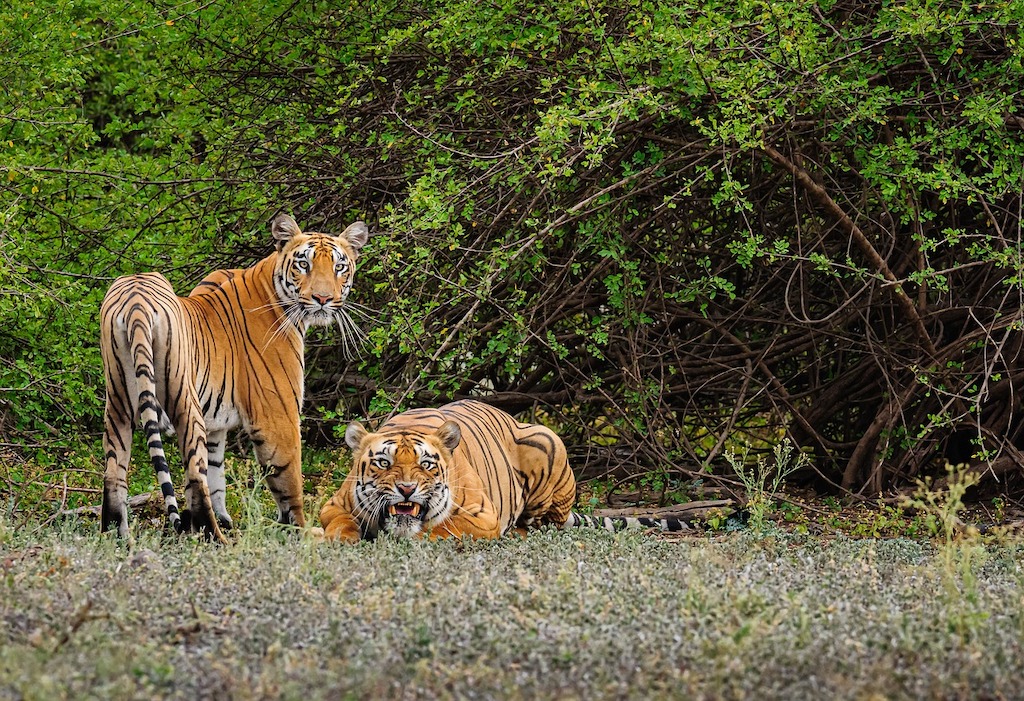
Documents required to book a safari in Jim Corbett National Park
- ID card per person – Voter Id, Aadhaar Card , Driving license
- Any document clearly showing the full name, sex and age of the visitor
- Passport details for foreigners
- Passport size photograph for permit form
By using the above documents, one can make booking online and obtain the entry permit.
Useful tips for safari in Jim Corbett National Park
There are some things one must keep in mind while having safari in Jim Corbett National Park. Or, for that matter, any national park.
- Don’t make noise as it agitates the animals. Or, they might get over cautious and hide out of sight.
- Wear neutral color cloths that helps you blend with the surroundings. If it is difficult to spot you, the animals will have their guards down. And chances of spotting them increases.
- Don’t get down your vehicle. Remain seated in your vehicle in all conditions, maintain your calm in all situations, even if an animal comes too close or jumps on your vehicle 🙂
- Always go for safari with authorised vehicles which has trained driver and guide accompanying it.
- It’s not advisable to take very little kids (< 4 years old) on jungle safari. As the roads are very bumpy and almost non-existent. Which can be a very rough experience for them and cause stomach upset, motion sickness etc.
- If you are very prone to motion sickness and like to avoid bumpy rides then don’t plan for the core zones of safari inside the jungle.
- Stay at least for two nights where you want to take safari. As the safaris generally happen early in the morning or later in the afternoon. And span around 3 hours or more. So, the best itinerary will be to reach your destination on day 1. Relax and rest. Then take an early morning safari on day 2. The chances of spotting animals is highest in morning time. After coming back from safari you can rest for the day and catchup on your sleep. And then checkout on day 3.
- Private vehicles are not allowed inside Jim Corbett National Park.
How to reach Jim Corbett National Park
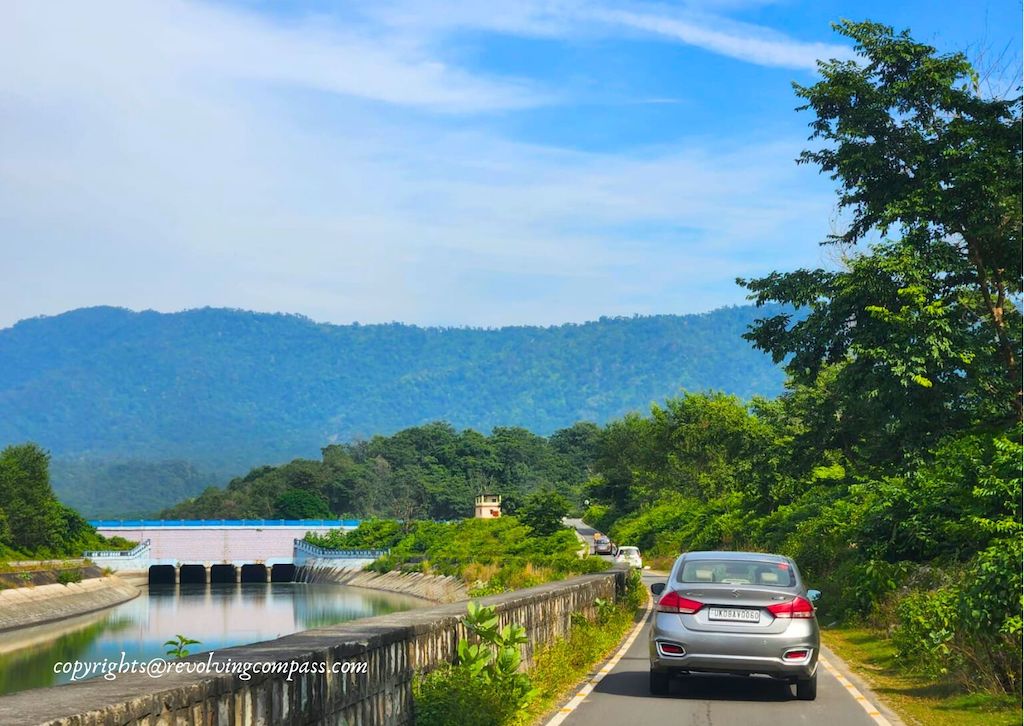
Jim Corbett National Park is well connected by road from all the major cities like New Delhi, Lucknow, Kanpur, and also to nearby tourist places like Dehradun, Mussoorie, Rishikesh, Haridwar, Nainital, Almora, Ranikhet and Bhimtal etc. You can take a bus to Ramnagar or even to Jim Corbett National Park from these places. And you can also take a private taxi or drive yourself. A road trip from New Delhi to Jim Corbett National Park takes around 4.5 hrs. From Ranikhet or Nainital or Rishikesh to Jim Corbett National Park takes only around 2.5 hrs.
Ramgarh is the nearest railway station some 12 km from Jim Corbett National Park. From here, you can get taxi for Jim Corbett National Park.
The nearest airports are New Delhi and Dehradun.
On our trip to Uttarakhand, we booked a round trip cab from New Delhi to Uttarakhand and back. This was the route we followed :
New Delhi -> Bhimtal -> Nainital -> Jim Corbett National Park -> Haridwar -> Rishikesh -> Dehradun -> Mussoorie -> New Delhi
What is the best time to visit Jim Corbett National Park
Except monsoon season, you can visit Jim Corbett National Park anytime of the year.
Summers are harsh. The temperature starts rising from the middle of March, and by April end or May, it even crosses 40 degree C. If you can bear the heat, summers make for a good time to spot the animals. As they tend to come out of their habitat more often, particularly to the bank of river and other water sources for water.
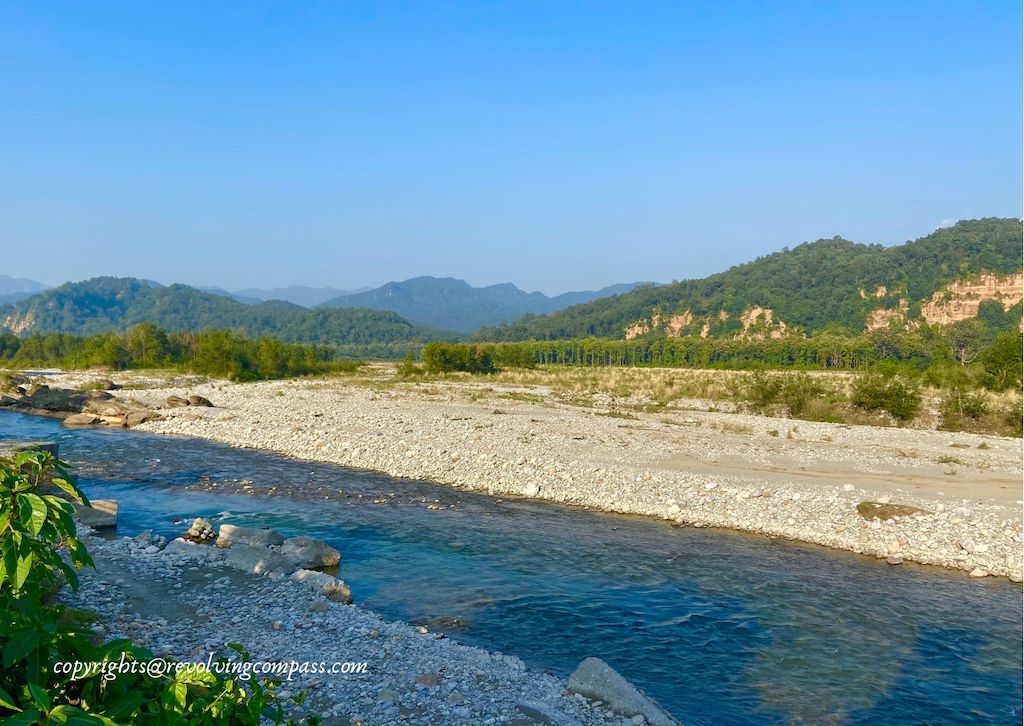
Winter season from November to Mid March makes for pleasant climate to explore Jim Corbett National Park.
From June to October, the core zones of Jim Corbett National Park remain closed for safari. So, plan your trip accordingly if you are visiting Jim Corbett National Park for safari. We visited here towards the last week of October. However, after gathering all the information, we decided to opt out of safari. Because, one, we were staying in Jim Corbett National Park for only one night. Which means it would be really hectic for us to take the safari. And number two, the core zones were not yet open which means chances of tiger spotting were bleak. We had a wonderful tiger safari experience in Bandhavgarh National Park on our MP road trip and were still content with it. So, we decided to give it a pass this time. And instead, enjoy a staycation in Jim Corbett National Park.
Where to stay in Jim Corbett National Park
From Government guest houses to luxury resort, Jim Corbett National Park has several stay options for all travellers. Some of them are located right on the highway while for some others, you might have to take a little detour and drive a little inside. Some resorts and properties are located right besides the Kosi river, with private access to the river banks. Depending on what is your prime goal for visiting Jim Corbett National Park, you can book an accommodation accordingly.
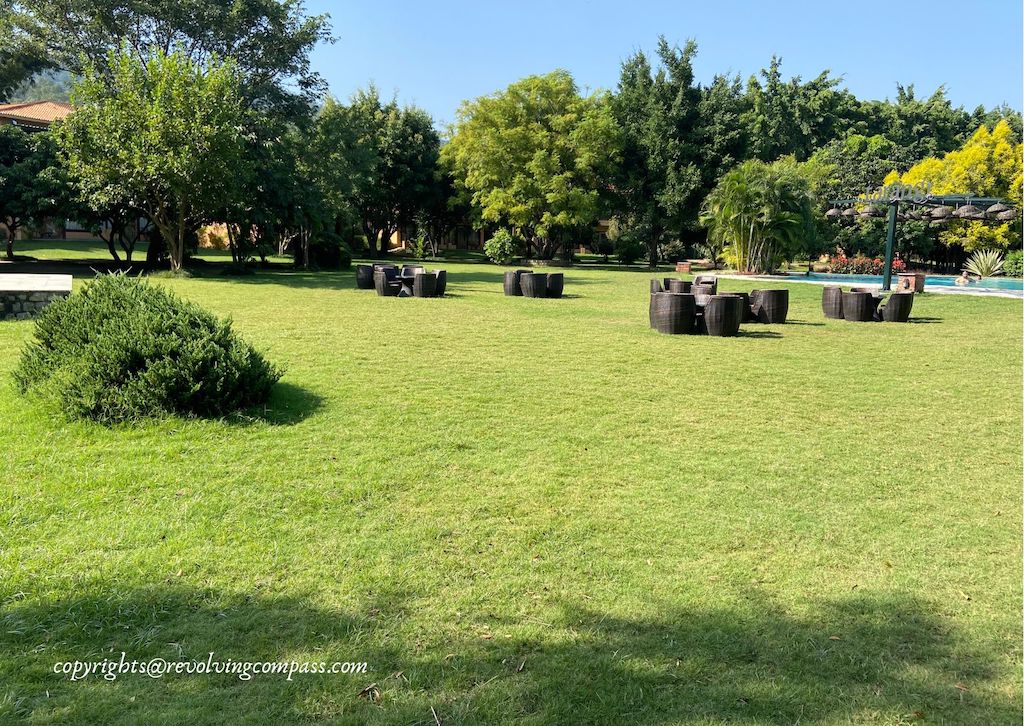
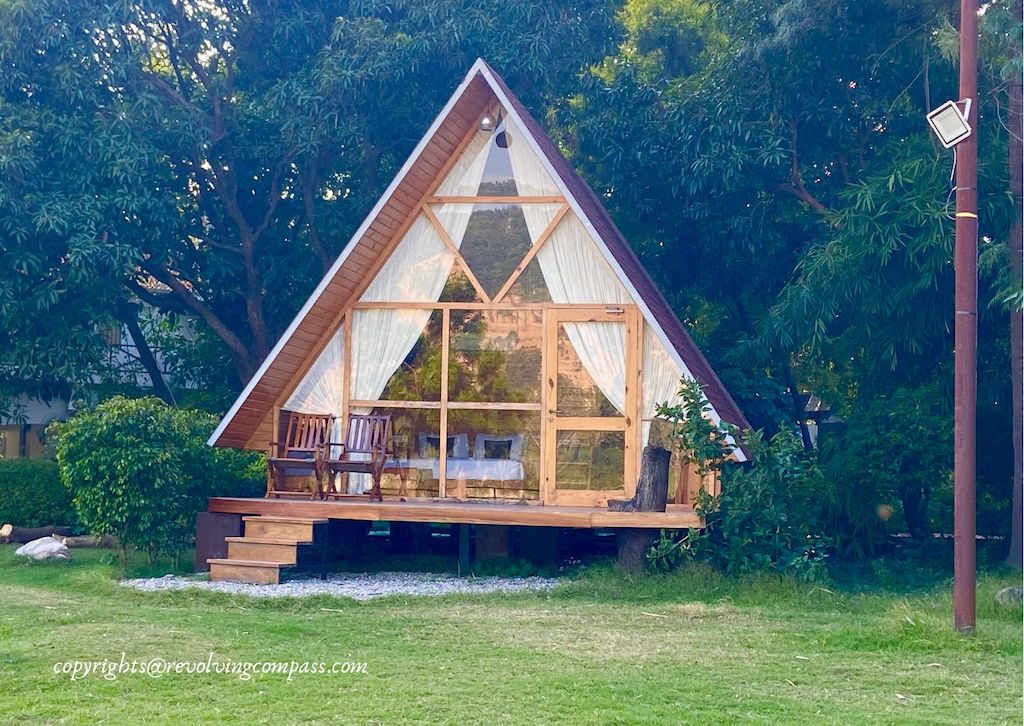
- If you are going for a safari, book a stay near to your zone of safari which will help you with reaching the safari point without much hassle.
- Otherwise, if you want to enjoy a staycation, book a resort near the river bank or one inside the jungle surrounded by greenery so that you can enjoy your staycation in the nature to its best.
We stayed at Tarangi Resort Jim Corbett and thoroughly enjoyed our stay here. This property had river access, nice campus with lots of activities arranged for the day, nice food and spacious rooms. There is a safari starting point right outside the property entrance.
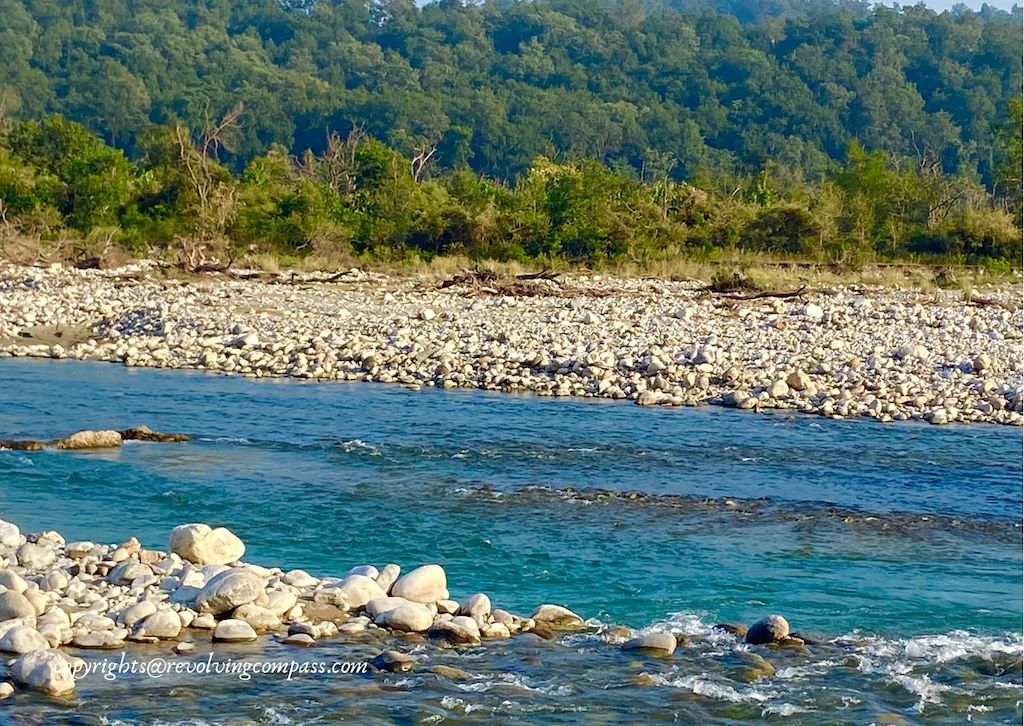
Hope this information helps you plan your safari in Jim Corbett National Park optimally.
PS: This road trip was a part of our 6 days trip to Bhimtal, Nainital, Mussorrie and Jim Corbett National Park. Here’s more resources from the same trip to help you plan a similar trip –
A one day trip exploring Nainital from Bhimtal
A walking tour of mall road Nainital
Booking resources –
Accommodation list for Jim Corbett National Park
A complete list of accommodations in Nainital
We booked a round trip cab from Savaari.com. The cab driver was very polite and drove very nicely. You can as well contact him directly. (Aarif, contact no. <>)
PS: Some of our links are affiliated, this means we will earn a commission when you buy a service or product by clicking those links. However, this will have no extra cost for you.
Have you ever considered ditching traditional safaris for a more thrilling experience like a walking safari in Jim Corbett National Park? What gear would you need to ensure your safety and enjoyment while exploring the wilderness on foot?